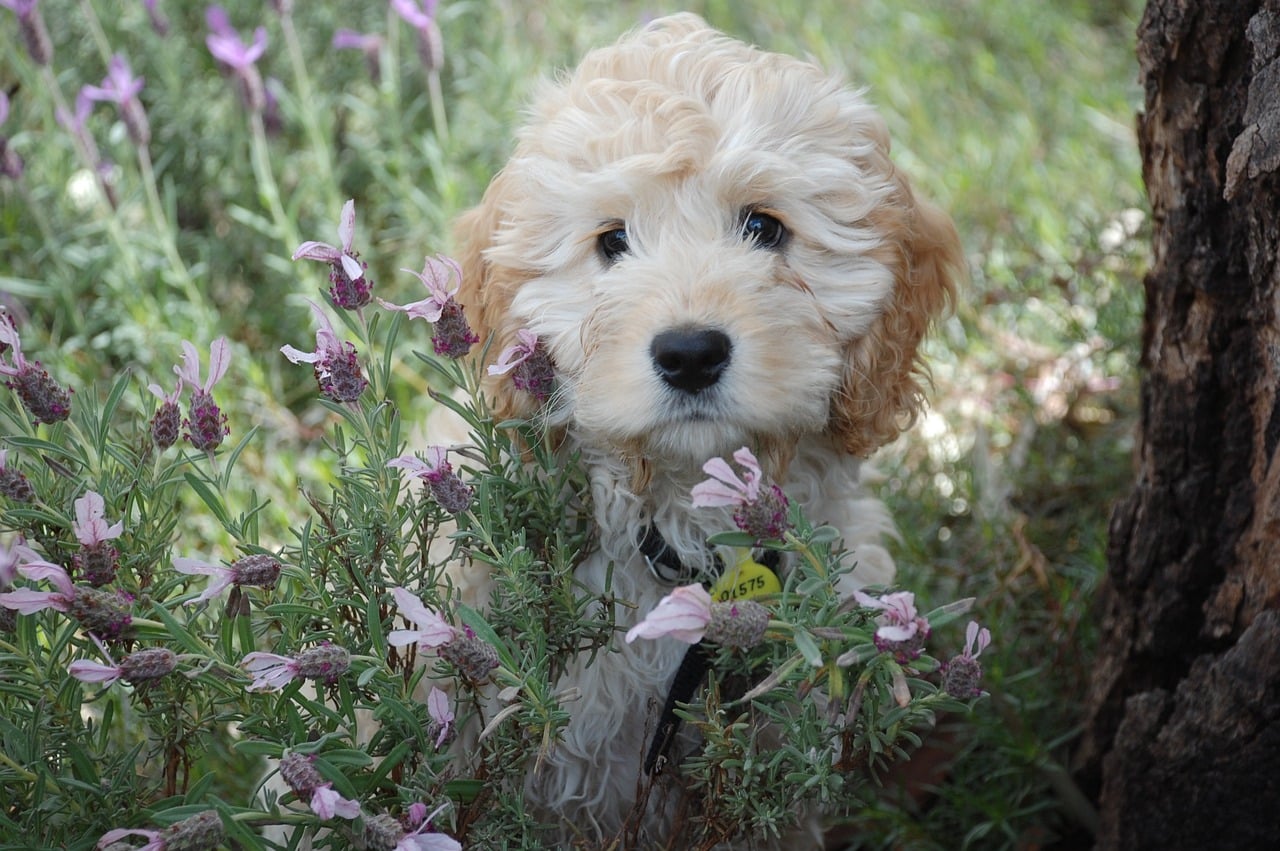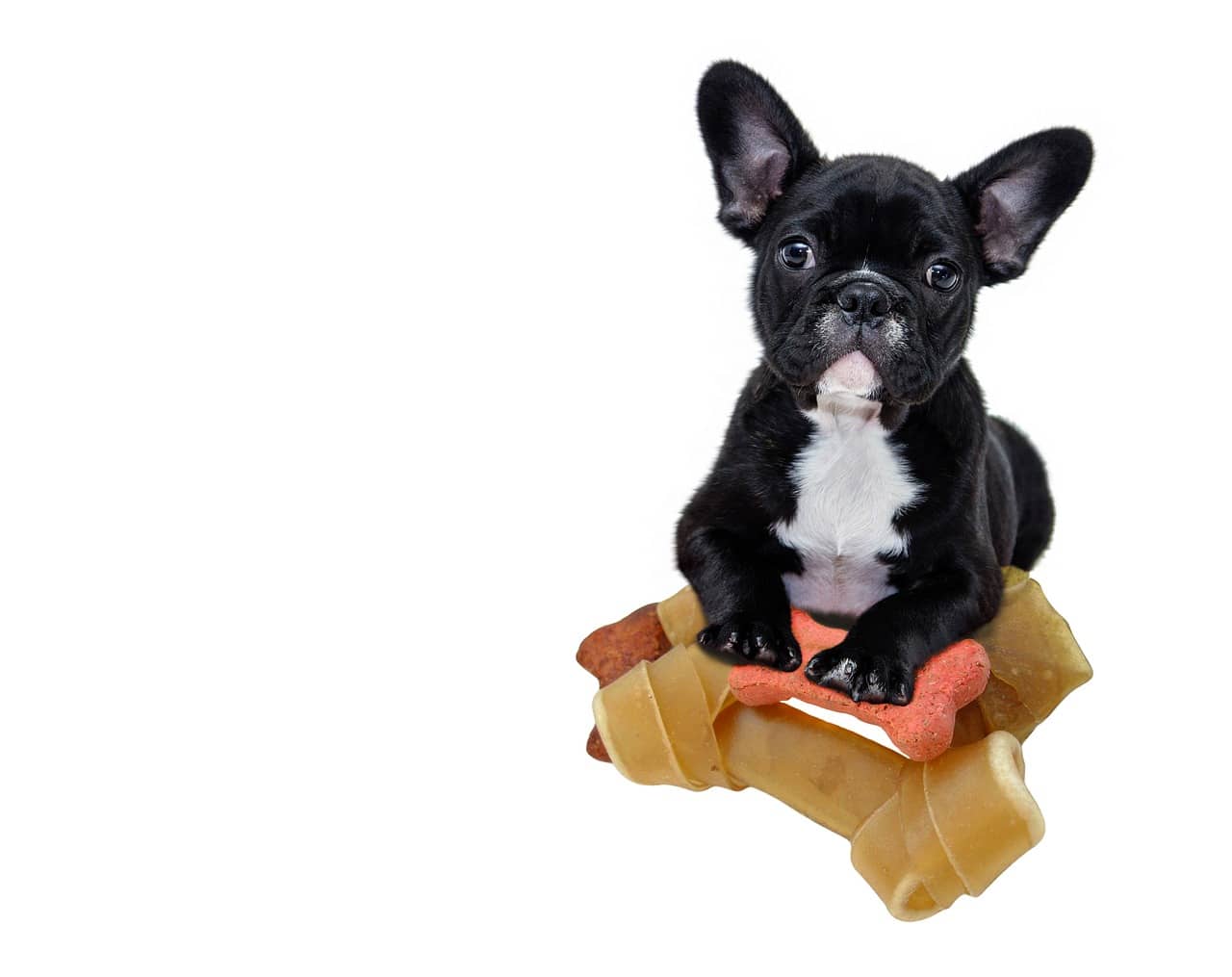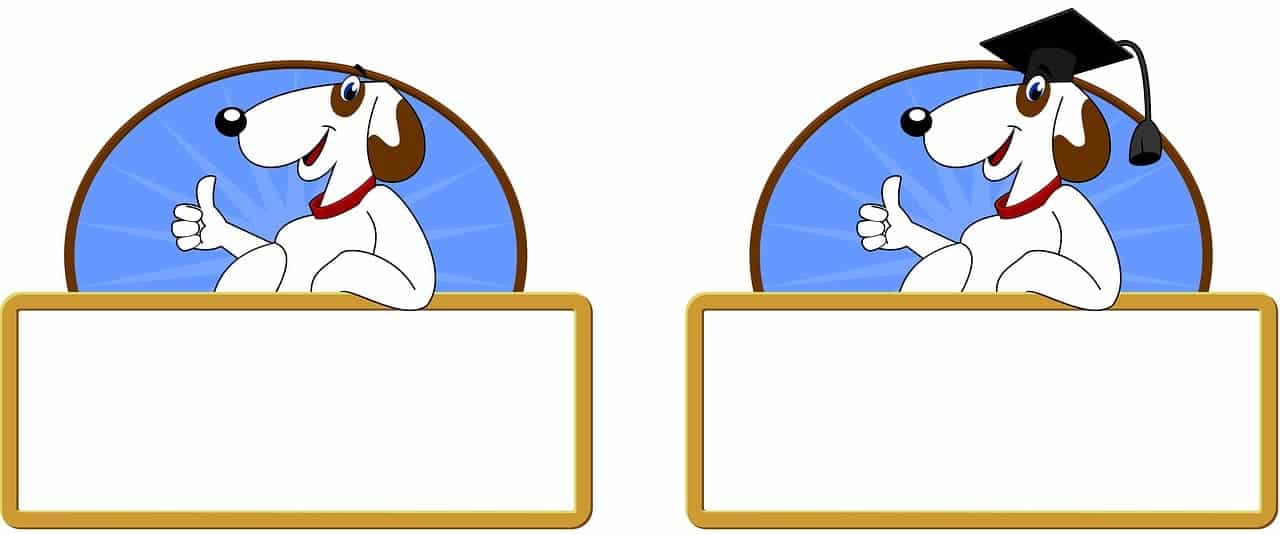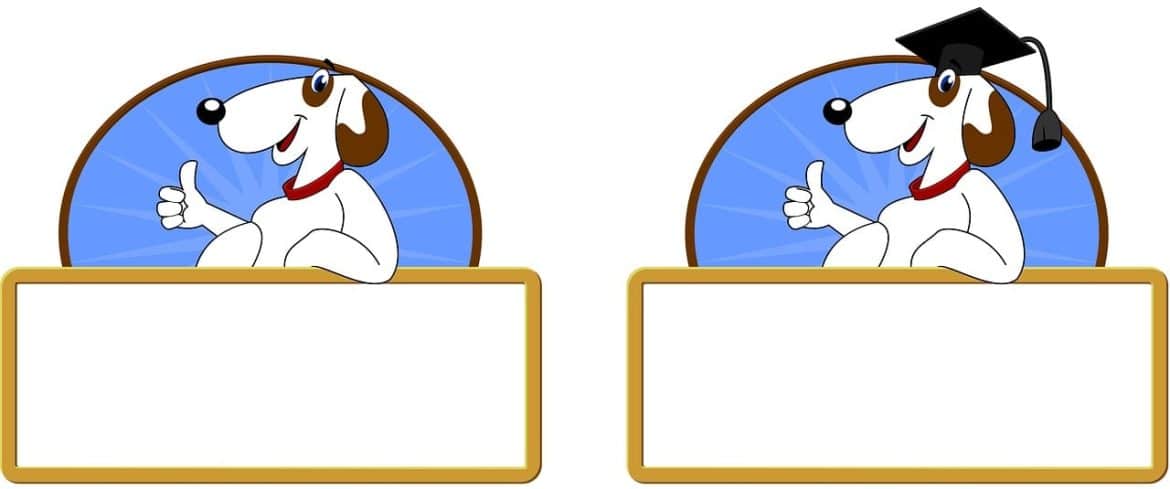If you've recently welcomed a cuddly bundle of joy into your home - a puppy - you may be wondering when it's safe to start grooming them. It's important to ensure that your furry friend is comfortable and healthy during the grooming process. So, when is the right time? In this article, we'll explore the ideal age at which you can begin grooming your puppy, taking into consideration their size, breed, and overall well-being. By understanding when it's safe to groom a puppy, you can establish a positive and enjoyable grooming routine for your adorable companion.
Physical development of puppies
Puppies go through various growth stages as they develop into adulthood. Understanding these stages is essential for proper care and grooming. The physical development of puppies includes changes in their coat, size, and overall body structure.
Growth stages of puppies
Puppies experience rapid growth during their first year of life. They go through different stages, starting from being tiny and helpless to becoming strong and independent. The growth stages include the neonatal period, transitional period, socialization period, and adolescence. Each stage comes with its own specific needs and grooming requirements. It is essential to be aware of these stages to ensure that you provide the appropriate care and grooming for your puppy.
Development of puppy coat
Another important aspect of a puppy's physical development is the growth of their coat. Puppies are born with a soft and fuzzy coat, which eventually changes as they grow older. The development of a puppy's coat depends on their breed and genetics. Some breeds have shorter and smoother coats, while others have longer, denser, or curlier ones. It is crucial to understand the expected changes in your puppy's coat and adjust your grooming routine accordingly.
When to start grooming a puppy
Grooming is an essential part of caring for a puppy's overall health and well-being. However, it is crucial to know when it is safe to start grooming them. Consider the following factors before embarking on a grooming routine:
Consider the breed
Different breeds have different grooming needs. Some breeds require regular and extensive grooming from an early age, while others may have lower maintenance requirements. Research your puppy's breed to understand their specific grooming needs and when it is appropriate to start grooming them.
Consult your veterinarian
Before starting any grooming practices, consult your veterinarian. They can provide valuable guidance based on your puppy's individual needs and health condition. Your vet will be able to advise you on when it is safe to start grooming your puppy and provide any specific recommendations based on their breed and development stage.
Wait for a few weeks after vaccination
It is crucial to wait for a few weeks after your puppy completes their vaccination schedule before scheduling their first grooming session. This is to ensure that they have developed proper immunity and are less prone to infections or diseases that may be present in grooming salons. Waiting for the appropriate time will help keep your puppy safe and protected.
Monitor for signs of maturation
Pay attention to your puppy's behavior and physical changes that indicate their maturation. Look for signs such as the eruption of permanent teeth, changes in coat texture, or reaching a certain age milestone. These signs indicate that your puppy is ready for more advanced grooming procedures.

This image is property of pixabay.com.
Basic grooming practices for puppies
Once you have determined that it is safe to start grooming your puppy, it is important to establish a regular grooming routine. Here are some basic grooming practices that you should incorporate into your puppy's care:
Brushing
Regular brushing helps keep your puppy's coat clean and free of tangles. It also strengthens the bond between you and your puppy. Start by using a soft brush or comb designed specifically for puppies. Gently brush their coat, removing any loose hair or debris. This will prevent matting and promote a healthy and shiny coat.
Bathing
Bathing your puppy helps keep them clean and fresh-smelling. Use a gentle, puppy-specific shampoo that is free from harsh chemicals. Fill a basin or sink with lukewarm water, making sure it is not too deep. Carefully place your puppy in the water, supporting their body to ensure their safety. Gently lather the shampoo all over their body, avoiding the face and ears. Rinse thoroughly and dry your puppy with a soft towel.
Nail trimming
Regular nail trims are essential to prevent overgrowth, which can lead to discomfort and difficulties with walking. Use a specially designed nail clipper for puppies and trim the tips of their nails. Be cautious not to cut too close to the quick, which can cause bleeding and pain. If you are unsure or uncomfortable with nail trimming, seek guidance from a professional groomer or veterinarian.
Ear cleaning
Puppies are prone to ear infections, so it is important to keep their ears clean and dry. Use a veterinarian-approved ear cleaner and gently wipe the outer part of their ears using a clean cotton ball. Avoid inserting anything into the ear canal, as this can cause damage. If you notice any signs of infection, such as redness, swelling, or a foul odor, contact your veterinarian for further evaluation.
Teeth brushing
Start introducing your puppy to teeth brushing early to promote good dental hygiene. Use a soft-bristled toothbrush or a finger brush along with a dog-specific toothpaste. Gently brush your puppy's teeth in a circular motion, focusing on the gum line. Gradually increase the brushing time as your puppy becomes more comfortable.
Introducing grooming tools
Introduce your puppy to grooming tools gradually and with positive reinforcement. Start by allowing them to sniff and explore the tools, associating them with treats or praise. Slowly introduce the tools by lightly touching your puppy with them, rewarding them for their calm behavior. This will help create a positive association with grooming tools and make future grooming sessions more enjoyable for your puppy.
Professional grooming services for puppies
While basic grooming practices can be done at home, there are instances where professional grooming services may be necessary or preferred. Here are some considerations for finding and utilizing professional groomers:
Finding the right groomer
When seeking professional grooming services for your puppy, it is important to find a reputable and experienced groomer. Ask for recommendations from your veterinarian or friends who have used grooming services. Research groomers in your area and read reviews to ensure they have a positive reputation for handling puppies and providing quality grooming care.
Preparation for the grooming appointment
Before the grooming appointment, it is essential to prepare your puppy. Ensure they are up-to-date on vaccinations and parasite prevention. Brush your puppy's coat to remove any tangles or mats and trim their nails if needed. Provide your groomer with any specific instructions or information regarding your puppy's grooming needs, such as coat length preferences or problem areas to be aware of.
What to expect during the grooming process
During the grooming process, your puppy will be taken care of by the professional groomer. They will follow specific procedures based on your instructions and the needs of your puppy's breed. This may include bathing, blow-drying, brushing, nail trimming, and other grooming services. The groomer will ensure your puppy feels comfortable and safe throughout the process. After grooming, your puppy will be returned to you looking clean, well-groomed, and ready to show off their new appearance.

This image is property of pixabay.com.
Special considerations for grooming certain breeds of puppies
Different breeds have different grooming requirements due to their coat types and characteristics. Here are some special considerations for grooming specific breeds of puppies:
Long-haired breeds
Long-haired breeds, such as Shih Tzus, Maltese, or Afghan Hounds, require regular and thorough grooming. They often have dense, flowing coats that can easily become matted if not properly cared for. Regular brushing, combing, and occasional trimming are necessary to maintain their coat's health and appearance.
Double-coated breeds
Breeds with double coats, such as Siberian Huskies or Golden Retrievers, have a soft undercoat and a longer overcoat. These breeds shed heavily and require regular brushing to prevent matting and excessive shedding. Professional grooming services can also help with managing their coat and keeping it in good condition.
Curly-haired breeds
Curly-haired breeds, like Poodles or Bichon Frises, require professional grooming to maintain their unique coat texture. Regular brushing and trimming are necessary to prevent matting and to keep their coat looking neat. It may be necessary to schedule more frequent grooming appointments for these breeds due to their fast hair growth.
Hairless or short-coated breeds
Hairless or short-coated breeds, such as Chinese Crested or Dalmatians, have different grooming needs compared to other breeds. While they may not require extensive brushing or trimming, they still need regular bathing, nail trims, and ear cleaning. Pay attention to specific skin care needs for hairless breeds, as they can be more prone to skin irritations and sunburn. Consult your veterinarian or a professional groomer for specific guidelines.
Preventing stress and anxiety during grooming
Grooming can be a stressful experience for some puppies. To ensure a positive grooming experience, consider the following tips:
Positive reinforcement and patience
Use positive reinforcement techniques, such as treats or verbal praise, to reward your puppy for their calm behavior during grooming sessions. Be patient and allow them time to adjust to the process. This will help create a positive association with grooming and reduce anxiety.
Gradual introduction to grooming procedures
Introduce your puppy to grooming procedures gradually. Start with shorter sessions and slowly increase the duration over time. Monitor their comfort level and gradually introduce them to different grooming tools and procedures. This gradual approach will help your puppy feel more at ease during grooming sessions.
Creating a calm environment
Ensure that the grooming environment is calm and free from distractions. Use soft lighting and soothing background music to create a relaxing atmosphere. Minimize sudden noises or movements that may startle your puppy and increase anxiety.
Reward-based grooming sessions
Incorporate reward-based grooming sessions where your puppy receives treats or rewards throughout the process. This will help them associate grooming with positive experiences and make future sessions more enjoyable.

This image is property of pixabay.com.
Potential dangers and risks during puppy grooming
While grooming is necessary for a puppy's overall well-being, it is crucial to be aware of potential dangers and risks that may arise during the process. Understanding these potential risks can help you prevent them:
Nicks and cuts
Accidental nicks and cuts can occur when using grooming tools, especially if you are not experienced or using the wrong tools. Be cautious when using sharp implements, such as scissors or clippers, and ensure you have good visibility and control. If a cut occurs, clean the wound, apply pressure to stop bleeding, and seek veterinary attention if necessary.
Overheating
Puppies can easily overheat during grooming, especially if the environment is too warm or if dryers are used excessively. Monitor your puppy's body temperature, and if they show signs of overheating, such as excessive panting or drooling, move them to a cooler area and provide water. Avoid using high-temperature dryers and opt for gentle air drying when possible.
Skin irritations
Not all grooming products are suitable for puppies, and some may cause skin irritations or allergic reactions. Choose grooming products specifically formulated for puppies and use them in accordance with the instructions. Monitor your puppy's skin for any redness, rashes, or irritation after grooming, and consult your veterinarian if any issues arise.
Eye and ear infections
Improper handling of grooming tools or neglecting to clean ears and eyes appropriately can lead to eye or ear infections. Be gentle and cautious when grooming around sensitive areas and use veterinarian-approved products for cleaning. If you notice any signs of infection, such as redness, discharge, or discomfort, seek veterinary care.
Common grooming mistakes to avoid with puppies
While grooming your puppy, it is important to avoid common mistakes that can cause distress or discomfort. Be mindful to prevent the following errors:
Using the wrong grooming tools
Using the wrong grooming tools can result in ineffective grooming or cause discomfort to your puppy. Invest in appropriate brushes, combs, and clippers specifically designed for puppies. Consult a professional groomer or your veterinarian for recommendations on the best tools for your puppy's specific coat type and needs.
Neglecting to dry the puppy properly
Leaving your puppy damp after a bath can lead to skin issues and even hypothermia. Ensure that you thoroughly dry your puppy's coat, especially in colder weather or if they have a long or dense coat. Use towels or a hair dryer on a gentle, low-heat setting to dry your puppy effectively.
Pulling or yanking on the puppy's hair or skin
Tugging or pulling on your puppy's hair or skin can cause pain and discomfort. Be gentle and handle your puppy's coat with care. Avoid pulling or yanking when detangling or trimming, and always use caution when working around sensitive areas, such as the eyes, ears, and tail.
Overlooking signs of discomfort or distress
Puppies may exhibit signs of discomfort or distress during grooming. Be attentive to their body language, such as excessive panting, whining, or attempting to escape. If your puppy shows signs of stress or discomfort, take a break and provide reassurance. Do not force them to continue the grooming session if they are showing clear signs of distress.
Maintaining a regular grooming schedule
Establishing a regular grooming schedule will help ensure that your puppy's grooming needs are met consistently. Here are some guidelines for different grooming tasks and their recommended frequencies:
Daily grooming tasks
- Brushing: Regular brushing should be done daily for puppies with longer or denser coats to prevent matting and tangling.
- Teeth brushing: Brush your puppy's teeth daily to establish good dental hygiene and prevent dental problems.
- Ear cleaning: Check your puppy's ears daily for any signs of dirt or wax buildup. Clean as necessary using a veterinarian-approved ear cleaner.
Weekly grooming tasks
- Bathing: Depending on your puppy's breed and lifestyle, bathing once a week or every few weeks is usually sufficient. Avoid over-bathing, as it can strip the coat of natural oils.
- Nail trimming: Trim your puppy's nails once a week or as needed to prevent overgrowth and discomfort.
Monthly grooming tasks
- Professional grooming: If your puppy requires professional grooming, schedule appointments every 4-6 weeks, or as recommended by your groomer.
- Anal gland expression: Some puppies may require regular anal gland expression, which should be done by a professional groomer or veterinarian.
Creating a positive grooming experience for your puppy
Grooming can be an enjoyable bonding experience between you and your puppy. To create a positive grooming experience, consider the following tips:
Establishing a routine
Establish a regular grooming routine and stick to it. Puppies thrive on consistency and predictability, so providing a regular schedule will help them feel secure during grooming sessions. Set aside dedicated time each day or week for grooming, ensuring it is a calm and relaxed environment.
Ensuring comfort and safety
Prioritize your puppy's comfort and safety during grooming. Use appropriate grooming tools, maintain a comfortable temperature, and be gentle when handling your puppy. Avoid rushing or forcing your puppy into uncomfortable positions. If your puppy shows signs of distress or discomfort, stop the grooming session and provide reassurance.
Rewarding good behavior
Reward your puppy for their good behavior during grooming. Use treats, praise, or playtime as positive reinforcements. This will help create a positive association with grooming and make future sessions more enjoyable for your puppy.
Building trust and bonding through grooming
Grooming is an opportunity to build trust and strengthen the bond between you and your puppy. Use grooming time to connect with your puppy, talking to them in a soothing tone and maintaining gentle physical contact. Regular grooming sessions will help your puppy become more comfortable and trusting of you and the grooming process.
By following these guidelines and establishing a regular grooming routine, you can ensure that your puppy's grooming needs are met. Remember to be patient, use positive reinforcement, and seek professional guidance when needed. With proper grooming, your puppy will not only look great but also stay healthy and happy.


